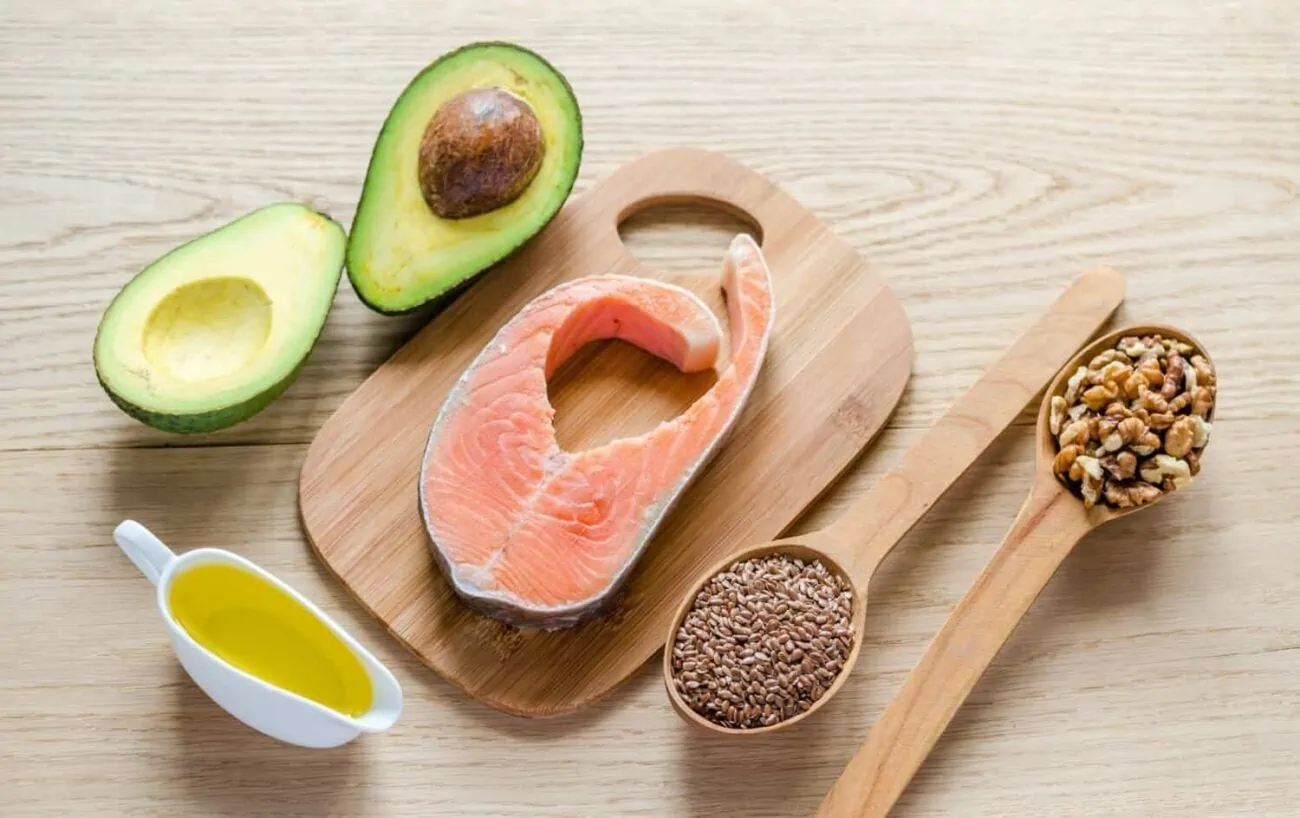Lipids are one of the three main macronutrients, and are essential in any diet.
Although it is essential, it is also the macronutrient with the worst reputation, unfortunately.
They perform several functions in the human body, and there are also different types of this nutrient.
Find out what they are, their different types and much more in this article.
What are lipids?
Lipids are the famous fats that we see on food labels.
Although their reputation is not the best, they are essential and you should include them in your diet.
The name is scary, after all, no one wants to gain fat.
However, dietary fat will not immediately turn into body fat.
Especially if you are in a calorie deficit.
However, it is the macronutrient with the highest caloric value, and has 9 kcal for each gram.
In other words, each gram of fat is equivalent to 9 kcal, and therefore, it is the macronutrient that, if consumed in excess, leads more easily to fat gain.
Fats/lipids have several functions, with the greatest emphasis on their role in the healthy functioning of the hormonal system, and their energetic function.
To produce hormones, such as testosterone, you need an adequate intake of fats.
They will also provide you with energy.
If you completely eliminate this macronutrient, the negative impact will impede your progress in the gym, and beyond.

Different types of lipids
There are two types of fats, saturated and unsaturated.
The fats considered healthy, and with the best reputation, belong to the unsaturated group, such as polyunsaturated fats or the famous omega 3.
However, you should not exclude saturated fat, and your diet should include a sufficient amount of this lipid.
Of all the fats, the only one you should actually avoid is trans fat, which, although it belongs to the group of unsaturated fats, is associated with negative effects on health.
Good sources of saturated fats.
Red meat and egg yolk.
Good sources of unsaturated fats.
Salmon, olive oil and dried fruits.
Final notes
The amount of lipids you should ingest per day depends on several factors, but as a rule, try to ensure that at least 15% of the calories in your diet come from this nutrient.
A value between 20 and 25% is usually ideal.
The so-called fat-soluble vitamins, such as Vitamin A or Vitamin D, benefit from the intake of fats to be absorbed by the body.
In other words, when you consume these vitamins, or if you use a supplement multivitamin, eat some fats at this meal.
Finally, whether your goal is to gain muscle mass or lose fat, don't eliminate lipids from your diet.
It is a frequent mistake, and very harmful, both in terms of health and results.



